Sneinton Tunnel
Sneinton Tunnel
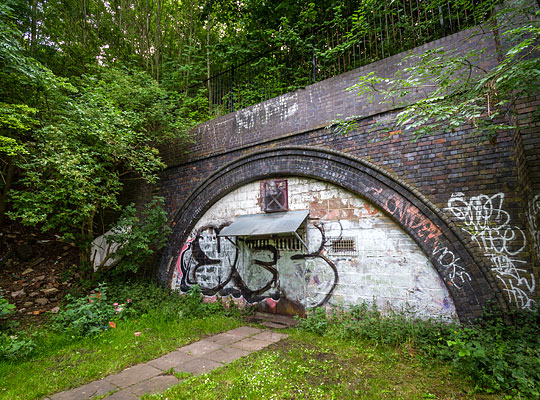
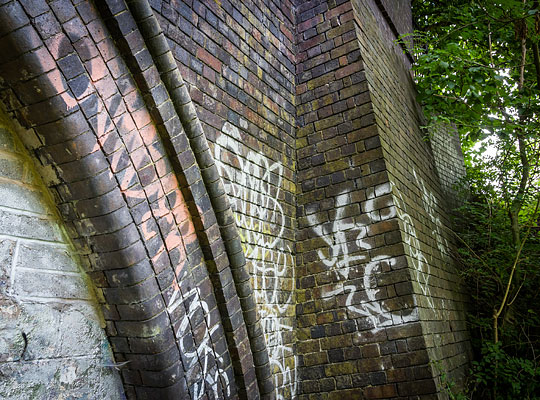
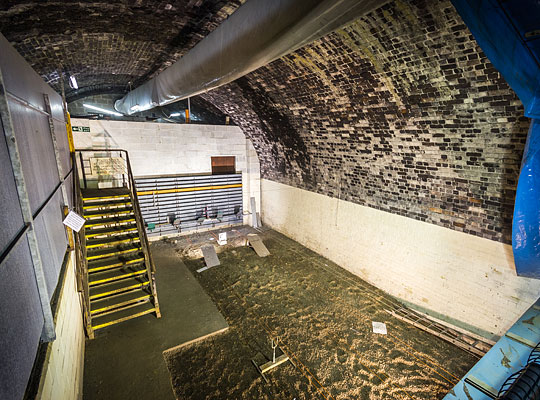
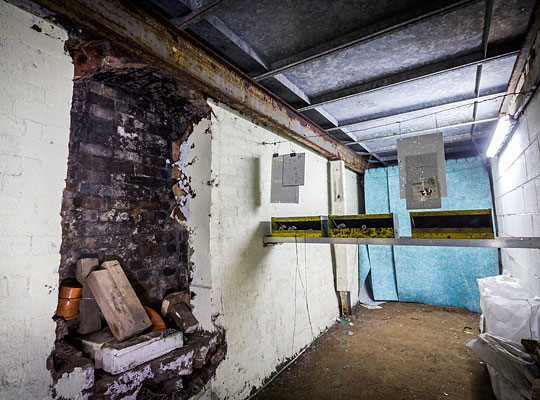
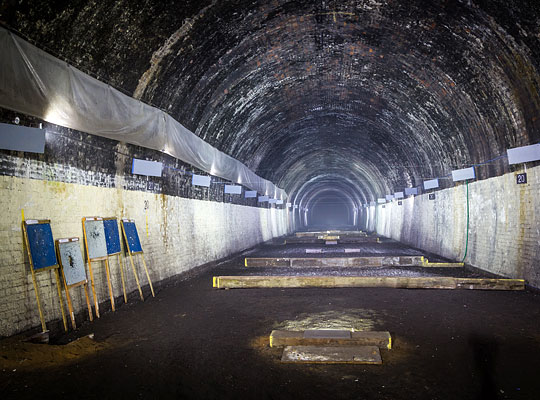
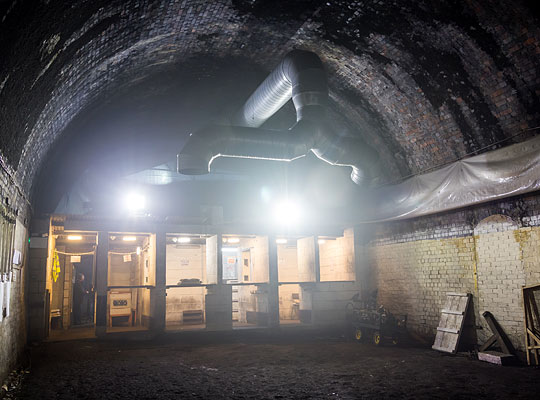
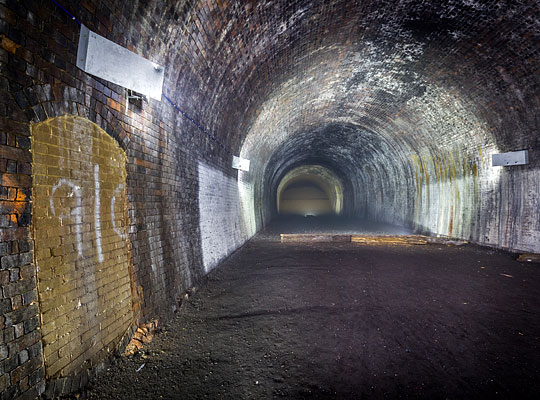
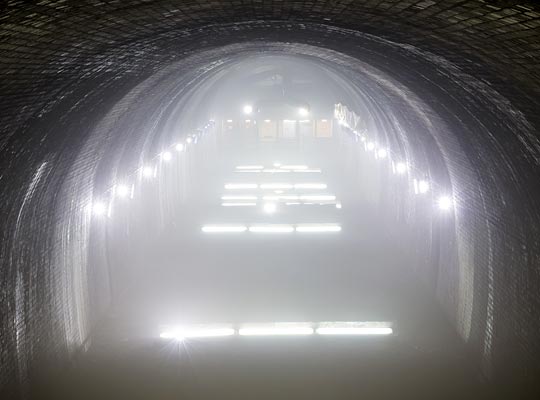
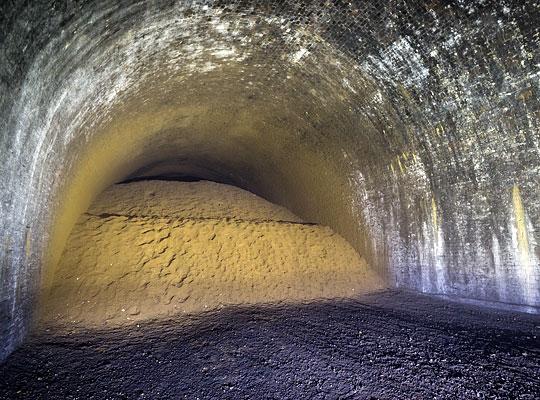
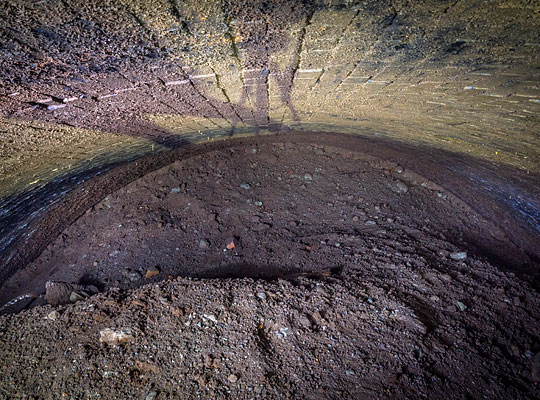










Extending for just 3.65 miles, the Nottingham Suburban Railway served a collection of communities north-east of the city centre, connecting Trent Lane Junction in Sneinton to the Great Northern Railway’s Derbyshire & Staffordshire Extension at Daybrook. The principal intention was to attract goods traffic from three brickworks situated along the route.
Plans for the line were prepared by engineer Edward Parry and powers granted through a Parliamentary Act which received Royal Assent on 25th June 1886. Significant engineering works were demanded as a result of the area’s topography. The main line had four tunnels with a total length of 1,103 yards, whilst a fifth was driven to reach Thorneywood brickworks. Gradients were stiff, with one section being 1:48.
Awarded the construction contract was J P Edwards of Chester whose tender of £115,000 was the lowest of six received, although it excluded the station buildings. June 1887 had arrived before work got underway. Completion took two years, with 866 navvies contributing at its peak. During one month, 2,840 wagons of spoil were filled and despatched. Four navvies succumbed to fatal accidents, including one who was crushed in a tunnel heading. Also deployed were 67 horses, seven locomotives and 11 portable engines.
The southernmost of the tunnels passed beneath the Patent Brick Company’s yard at Sneinton, thus preventing any disruption to its operations; otherwise it could have been a cutting. Originally intended to be around 300 yards in length, it was cut back at its south end and, as built, was 183 yards long. Accommodating two tracks, it measures 26 feet wide and 20 feet 6 inches from rail level to the crown, and has near-vertical sidewalls into which refuges are built at regular intervals. As with the railway’s other structures, Sneinton Tunnel was faced throughout using Staffordshire blue brindle bricks.
Major General Hutchinson inspected the Nottingham Surburban for the Board of Trade on 22nd November 1889. Its opening date was set for 2nd December after an injunction was granted against Mr Edwards, preventing him from interfering with the company’s efforts to comply with the Board of Trade’s requirements, the two parties being in dispute at this time.
The inaugural train left on schedule at 07:45am but encountered Mr Colson, the contractor’s agent, waving a red flag in protest as it passed through the junction onto the new railway. It was decided by officials that the train should proceed, forcing Mr Colson to step off the track. He placed his flag on the rail and the locomotive ran over it. During the return journey, a ticket inspection took place at Thorneywood Station resulting in Mr Edwards – who was in one of the compartments – being reported for travelling without authority.
Although the Nottingham Suburban Railway company was an independent entity, services were operated by the GNR from the outset, the line later being leased to it. However income was meagre and the passenger stations were shut in 1916. Nine years later, the line saw a brief surge of activity as a diversionary route when a section of Mapperley Tunnel collapsed.
The route was reduced to a single track in 1930 and war-time bomb damage caused the southern end’s closure on 8th May 1941. Freight workings from Daybrook continued to supply the brickworks until 1st August 1951. Most of the line was dismantled three years later. During this operation, part of a girder bridge near Trent Lane Junction was dropped onto the Nottingham-Lincoln line, obstructing it for seven hours.
The tunnel at Sneinton is the only one of the five not to have been buried, although only the north portal remains accessible; this is located 125 metres south of Carlton Road. The structure is owned by Nottingham City Council and leased to a gun club. To mitigate the risk of ricochets, all but one of the refuges have been bricked up. At its southern end is a bank of sand in front of the tipped spoil which blocks the entrance.








